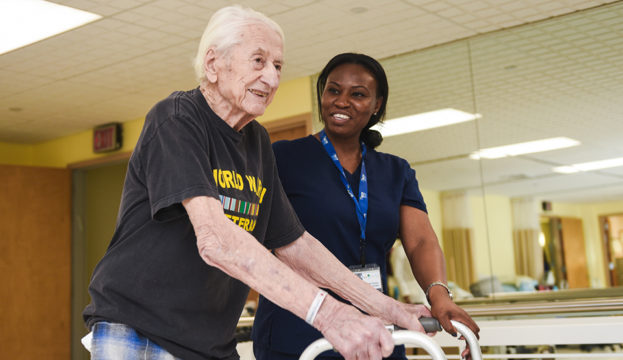Investigating the Effect of Manual Therapy Methods on Reducing Musculoskeletal Discomfort and Enhancing Client Outcomes
Investigating the Effect of Manual Therapy Methods on Reducing Musculoskeletal Discomfort and Enhancing Client Outcomes
Blog Article
Hands-on therapy techniques are hands-on approaches used by healthcare providers to address muscle and joint pain. These methods include various forms of adjustment and mobilization of the human muscles and articulations. The objective of manual treatment is to relieve pain, improve mobility, and enhance overall performance. Many people suffer from musculoskeletal discomfort due to injuries, suboptimal posture, or disorders like joint inflammation. By applying manual treatment, practitioners aim to tackle these issues and help clients regain their standard of life.
One common hands-on treatment method is vertebral adjustment. This technique involves using precise pressure to the vertebral column to enhance positioning and decrease discomfort. Studies has demonstrated that vertebral adjustment can be beneficial in managing lumbar spinal discomfort and cervical discomfort. Another method is gentle connective tissue manipulation, which focuses on relieving tension in the muscles and connective tissues. This can help reduce stiffness and improve range of motion, making it easier for patients to move without discomfort. Both techniques can be tailored to meet the specific needs of each patient, ensuring a personalized approach to treatment.
In furthermore to discomfort relief, manual therapy can enhance patient results in multiple aspects. For example, it can boost blood flow, which helps supply nutrients and essential elements to the injured areas of the body. Better circulation can also promote recovery and alleviate swelling. Additionally, hands-on therapy can help patients develop enhanced physical consciousness, which is essential for preventing future injuries. By comprehending how their physiques function, clients can make better knowledgeable decisions about their movements and alignment, leading to long-term benefits.
The effectiveness of manual treatment is often backed by client feedback. Many individuals indicate notable gains in their discomfort intensity and overall function after receiving treatment. This positive reaction can lead to greater motivation for patients to participate in rehabilitative activity and rehabilitation programs. When patients feel better, they are much likely to engage in their rehabilitation process, which can further improve their results. This collaborative approach between the therapist and the client is crucial for achieving lasting results.
In summary, hands-on therapy techniques play a vital role in relieving muscle and joint pain and improving patient results. By applying methods such as spinal adjustment and gentle tissue mobilization, medical providers can help clients recover movement and reduce discomfort. The advantages of hands-on treatment extend further than instant pain alleviation, as it also encourages healing and motivates patients to take an proactive role in their rehabilitation. As more people look for Recommended Site efficient therapies for musculoskeletal issues, hands-on therapy continues to be an essential choice in the realm of healthcare.